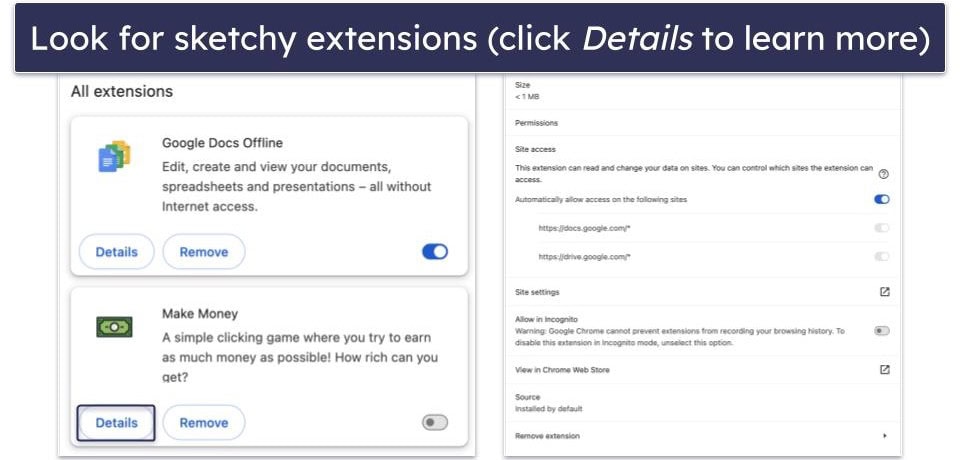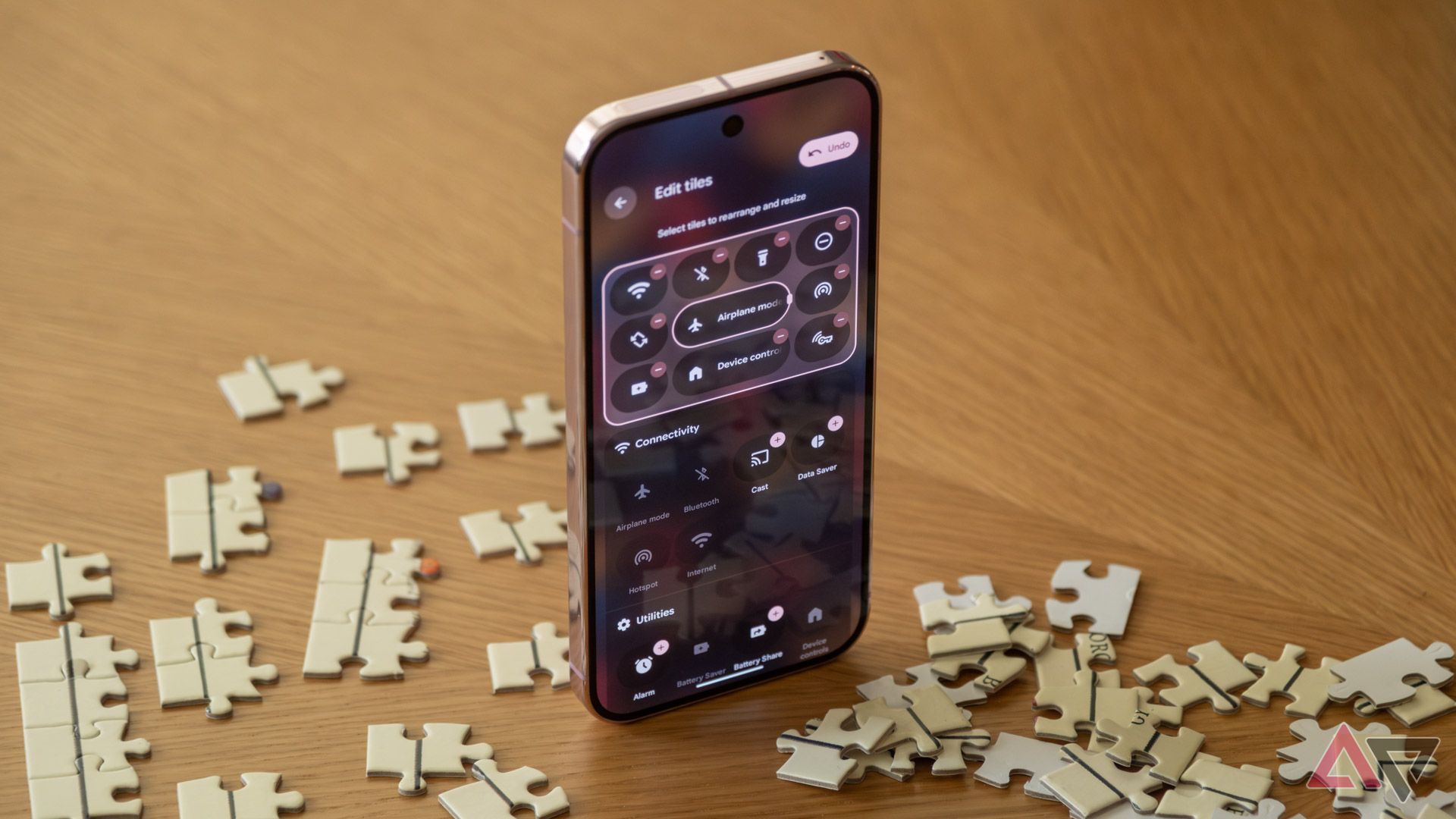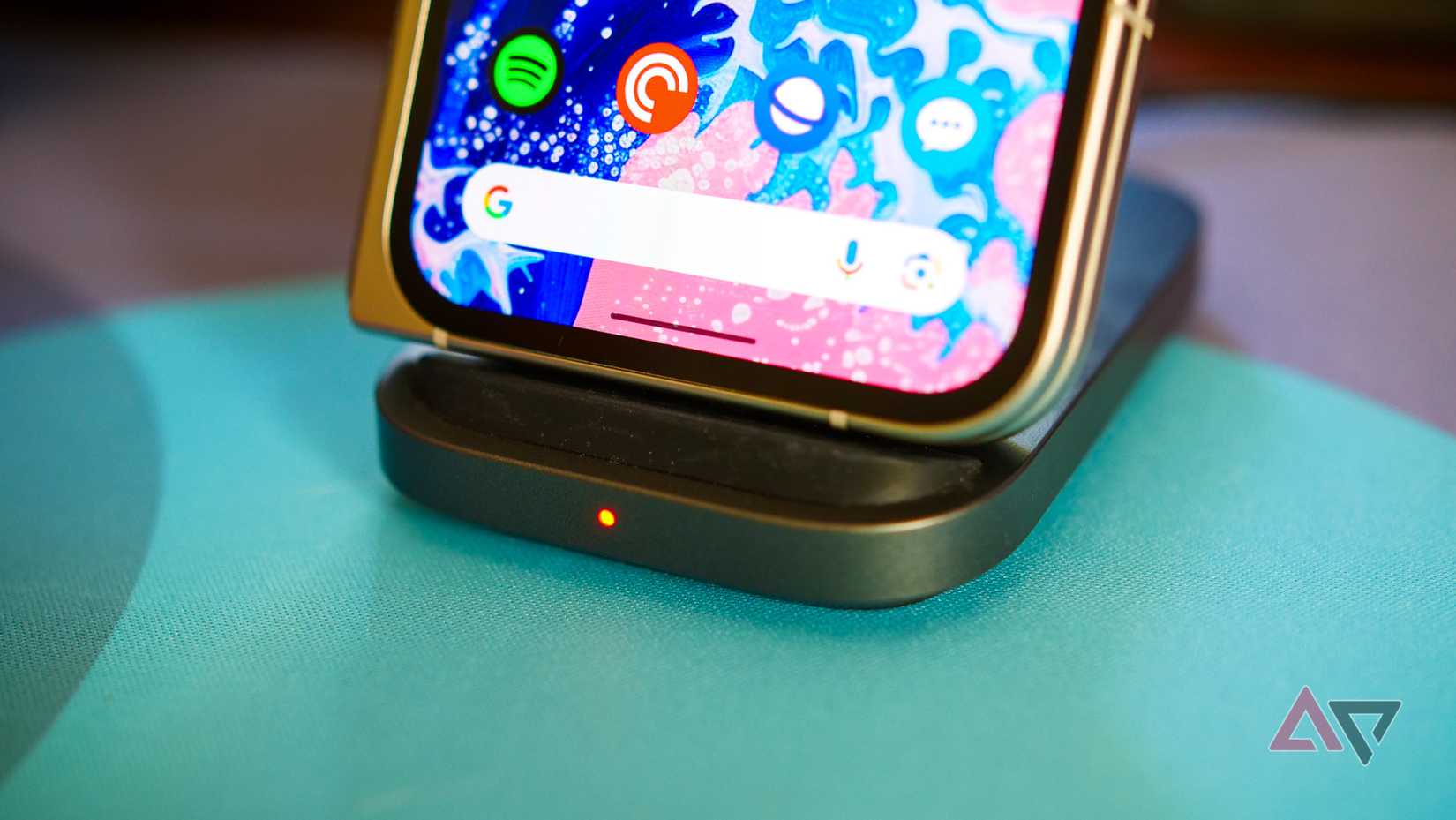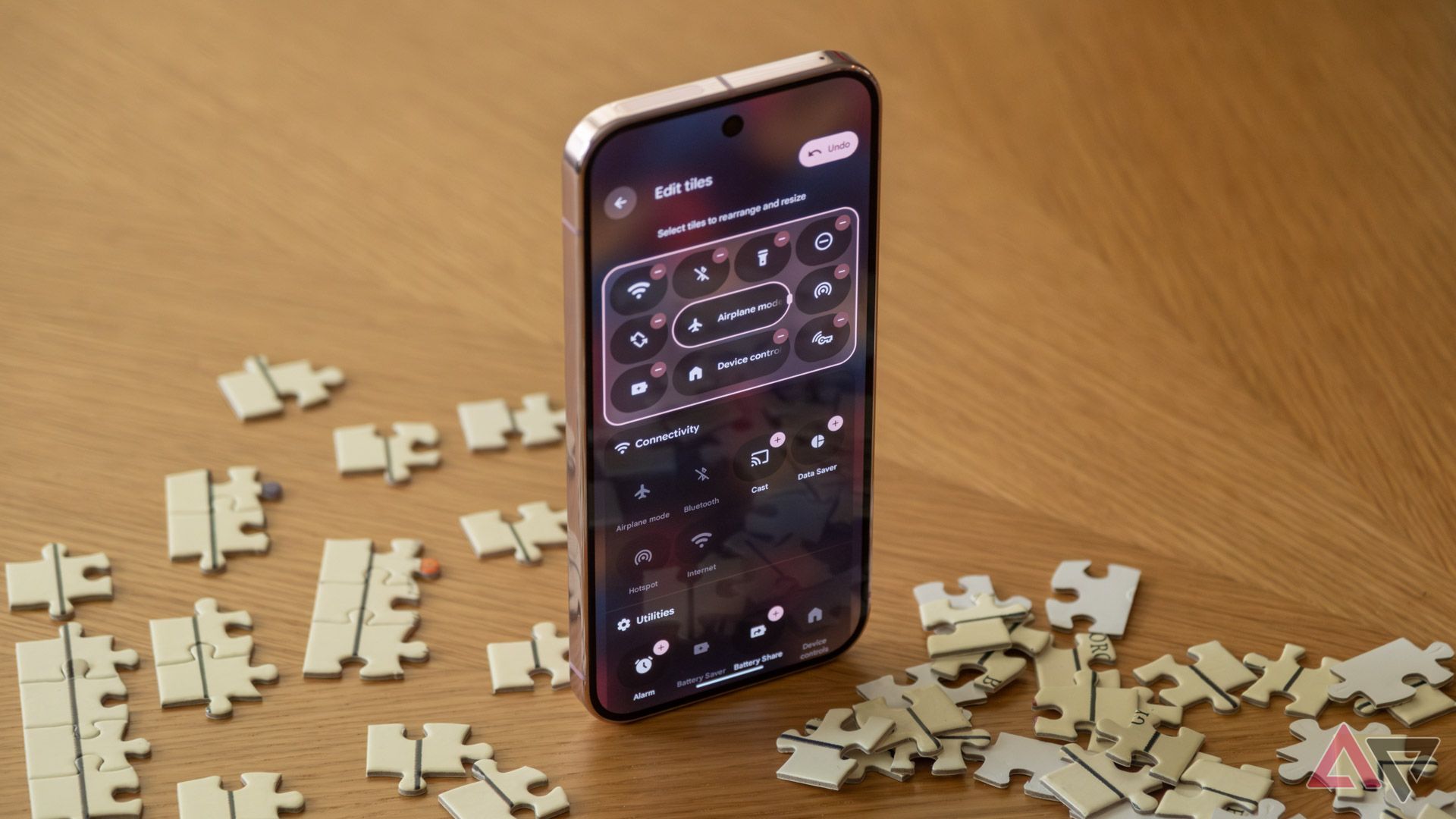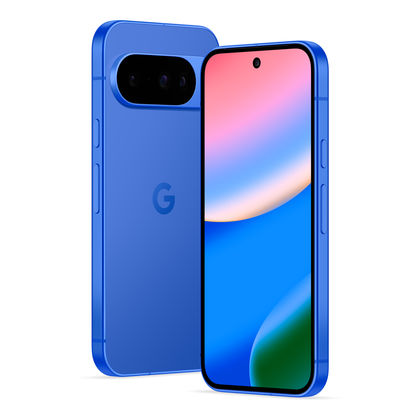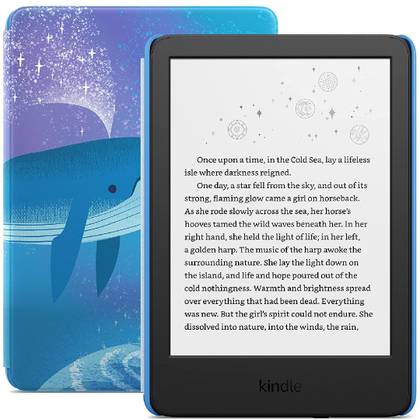When manufacturers announce new Android phones, the headlines spotlight fancy hardware, such as bigger camera sensors, faster chips, and higher-resolution displays. When you own a Google Pixel phone, Google’s software shapes your daily experience more than the specs do. A Pixel’s value lies in the subtle, behind-the-scenes software work that plays out daily, not just the bragging points on spec sheets.
User experience is something you live with, not something you spec
Google’s software-driven design is hard to forget when used. Take Material You and its successor, Material 3 Expressive. These design languages let the Pixel’s interface adapt dynamically to each user. As quoted by TechCrunch, Mindy Brooks, VP of Product and UX for Android Platform, puts it this way:
Material 3 Expressive is an expansion of new components and capabilities designed to add emotion to product UIs, providing a more premium and engaging experience that is easier to use and creates a little more joy in key moments.
Your Pixel’s palette and typography feel uniquely yours, making the phone seem refined in a way that megapixels or gigahertz alone cannot convey.
Moreover, the Pixel’s bare-bones Android interface (without heavy OEM skins) helps the experience feel cohesive. Google fine-tuned every animation and haptic response. Pixel phones feature springy animations that add charm to everyday actions. For example, swiping away a notification produces a haptic pulse and a detaching animation. Even dragging the volume slider feels satisfyingly fluid.
The result is hard to quantify, but easy to sense. Your finger swipes meet immediate reactions. While such niceties don’t alter benchmarks, your phone’s interface behaves premium.
Longevity and security through updates
Even more decisive than UI is how long a phone stays current. Google broke industry norms by committing to seven years of software support for its recent Pixels. This software strategy builds long-term trust with users. With each update, you develop confidence in the device and brand when your phone gets new features. For example, classic Pixel features like Night Sight and Magic Eraser have been continually refined and backported via software updates.
The feature updates mentioned above are one part of the deal. Pixel phones also come with seven years of security updates, meaning your device stays protected against emerging threats long after purchase. Google reinforces this with its protected computing, which limits how and where your sensitive data is processed. Many AI features run entirely on-device, meaning they never leave your phone and touch the cloud.
AI and software as invisible helpers
A defining strength of Pixel’s software is Google’s AI. It quietly works in the background to make tasks easier, often without you realizing it’s AI at work.
For photography and video, Google applies machine learning to improve results. The Video Boost feature uploads captured video to Google’s cloud, where AI models adjust color, stabilize the shot, and reduce noise. The result is footage that looks smoother and more vibrant, even in poor light, without changing the settings.
With these features, Google’s AI solves everyday camera problems we once assumed were unavoidable. All while emphasizing software refinement over sensor specs.
On the communication side, Pixel’s AI also lends a hand. For text, Google’s on-device Gemini Nano model powers Smart Reply in Gboard. The phone suggests context-aware responses as you type or receive messages, letting you answer faster. Clear Calling uses AI to remove background noise during calls.
The latest Pixel uses the Tensor G4 chip to power its AI features, proving it’s not all about software. However, the G4 doesn’t outrank Apple or Samsung in raw benchmarks. Google’s careful optimization ensures that these numbers matter little in practice.
Ecosystem integration makes software even more powerful
Another reason Google’s software matters more than hardware is the way it seamlessly connects the Pixel to the broader Google ecosystem. The Pixel is a gateway to a suite of services that work better because of Google’s integration. Pixel phones sync with Google Home and Nest devices. Google’s software connects Pixel with tools like Gmail, Google Photos, and Google Drive.
Thanks to tight Google Account integration, you can start drafting an email or editing a Google Doc on your Pixel, switch to a Chromebook or tablet, and pick up where you left off. This is what Google is doing for Android, what Apple has long done for iOS.
With Pixel hardware as a showcase device, Google can fine-tune Android and push updates faster. Pixel users often get early access to new Android features.
Software-first thinking sets Pixel apart
Hardware is essential, but the real story is written in software for Pixel owners. Google’s choice to quietly innovate on the software side through smooth UI, multi-year support, and on-device Gemini shapes the Pixel experience. Thanks to that focus, the Pixel you hold in your hand tomorrow will be smarter, safer, and more delightful than the one you bought today.


